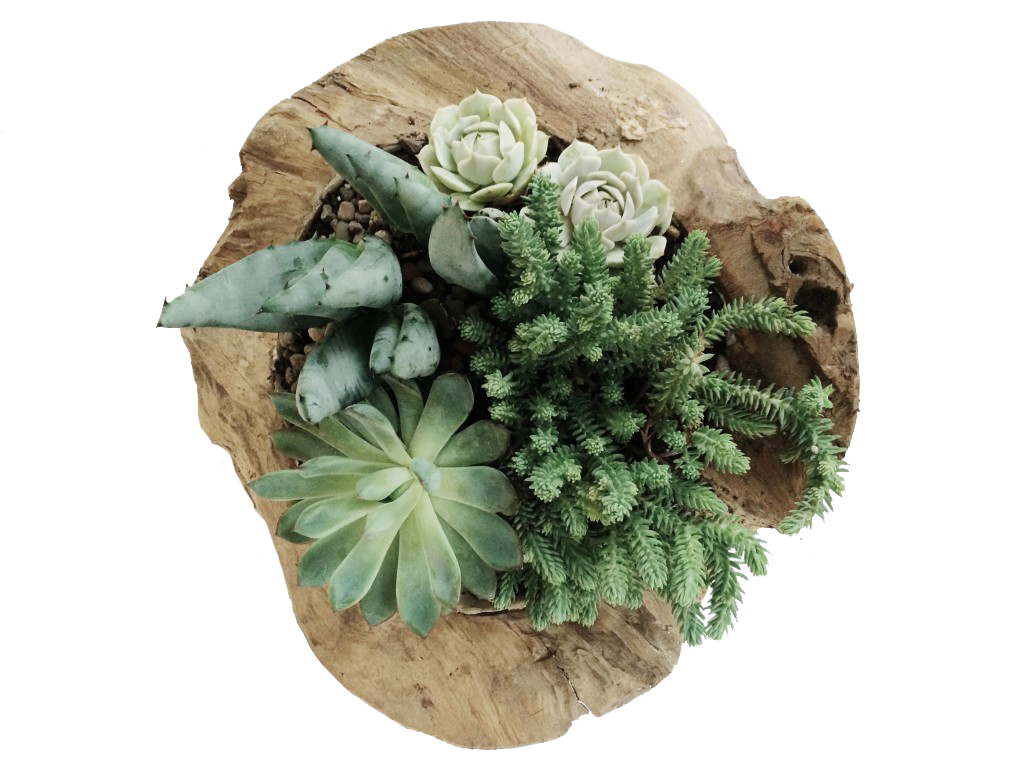Hens and chicks are members of the Sempervivum group of succulent plants. They are commonly called houseleeks and grow well indoors and out, in cool or hot temperatures. Hens and chicks plants are so called because of the rosette shape and habit of the plant to produce numerous babies. A rockery or dry, nutrient challenged location is a good place for growing hens and chicks. An easy to care for garden scheme should include hens and chicks, sedum and sprawling rock cress.
Hens-and-chicks is an alpine plant, which gives it an amazing tolerance for poor soils and unwelcoming conditions. The mother plant is attached to the babies (or chicks) by an underground runner. The chicks may be as small as a dime and the mother can grow to the size of a small plate. Hens and chicks make excellent container plants both for the interior and exterior of the home.
Family:
Crassulaceae
Genus:
Sempervivum
Species:
Tectorum
Height:
Under 6inches(15cm)
Sun Exposure:
Full sun
Bloom Color:
Pink and White(or near White)
Bloom Time:
Anytime between late spring to mid summer

Home


